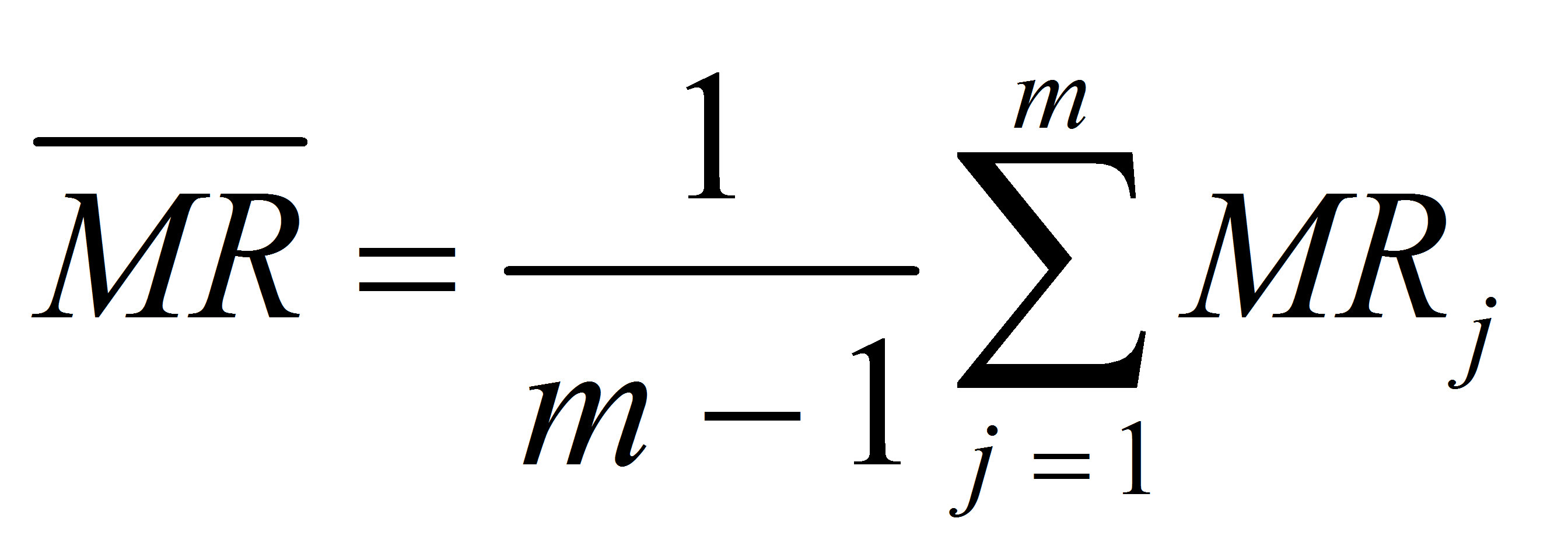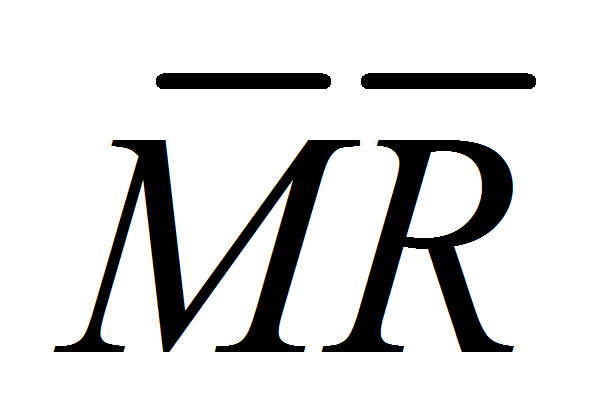Tools
Concepts
Interpretation & Calculations
Histograms, Process Capability
Applications
Key Success Factors for the Implementation of SPC
How to Study Process Capability
SPC to Improve Quality, Reduce Cost
Use Of SPC To Detect Process Manipulation
Moving Range Chart Calculations
Plotted statistic
The moving ranges between successive subgroups in an Individual-X Chart (i.e.: the difference between the current observation and the observation immediately prior).

Center Line

where m is the total number of subgroups included in the analysis and MRj is the Moving Range at subgroup j.
Note: When control limits for the Individual-X chart are defined as fixed values (such as when historical data is used to define control limits), the Average Moving Range (MR-bar) must be back calculated from these pre-defined control limits. This ensures that the control limits on the Moving Range chart are at the same sensitivity as those on the Individual-X chart. In this case:

where d2 is based on n=2.
UCL , LCL (Upper and Lower Control Limit)
UCLMR =  + 3d3ÃÆ’x (All Distributions)
+ 3d3ÃÆ’x (All Distributions)
LCLMR =MAX(0,  - 3d3ÃÆ’x) (All Distributions)
- 3d3ÃÆ’x) (All Distributions)
where MR-bar is the average of the plotted Moving Range values, sigma-x is the process sigma , and d3 equals 0.853.
Notes: Some authors prefer to write this as:
UCLMR =3.267
LCLMR =0
Learn more about the SPC principles and tools for process improvement in Statistical Process Control Demystified (2011, McGraw-Hill) by Paul Keller, in his online SPC Concepts short course (only $39), or his online SPC certification course ($350) or online Green Belt certification course ($499).




